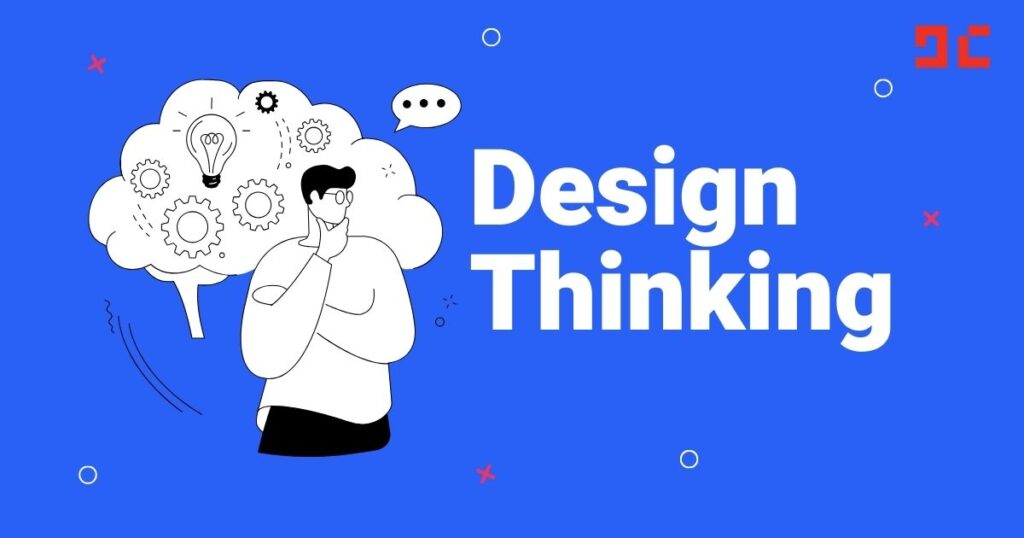What is Design Thinking?
Design thinking is a human-centered problem-solving methodology that emphasizes empathy, iteration, and experimentation. It’s about understanding users’ needs, generating creative ideas, and rapidly prototyping and testing solutions. Unlike traditional linear approaches, design thinking is non-linear and iterative, allowing you to constantly learn and adapt based on feedback.
Think of it like this: Imagine you’re designing a new app to help people stay organized. Instead of starting with technical specifications, you would first talk to potential users, observe their daily routines, and identify their pain points. Then, you’d brainstorm creative solutions, quickly build prototypes and test them with real users. This iterative process allows you to refine your ideas and ensure that your final solution truly meets users’ needs.
Why is Design Thinking So Popular?
In today’s rapidly changing world, businesses need to be more innovative and user-centric than ever before. Design thinking offers a powerful framework for:
- Solving complex problems: Design thinking is adept at tackling ill-defined problems where there are no clear-cut solutions.
- Boosting creativity: The iterative nature of design thinking encourages out-of-the-box thinking and leads to more innovative solutions.
- Improving empathy: By focusing on user needs, design thinking helps businesses build products and services that people truly love.
- Reducing risk: Prototyping and testing early on helps to identify and eliminate potential problems before they become costly mistakes.
- Building stronger teams: Design thinking is a collaborative process that fosters teamwork and communication.

Design Thinking Process:
The design thinking process typically involves five stages:
- Empathize: Immerse yourself in the world of your users to understand their needs, challenges, and motivations.
- Define: Frame the problem you’re trying to solve based on your user insights.
- Ideate: Generate a wide range of creative solutions to the problem.
- Prototype: Build low-fidelity prototypes to test your ideas with users.
- Test: Gather feedback from users and iterate on your prototypes until you reach a satisfactory solution.

